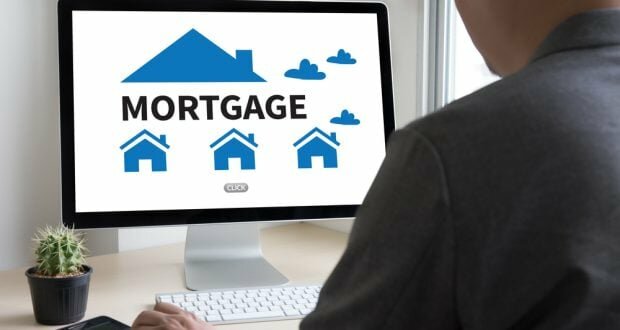You’ve been working all of your life and living within your budget. You’ve never had trouble qualifying for a mortgage because your credit rating was high, your debt-to-income ratio was good, and you bought a house that you could afford. Now, you’re fully retired and want to sell the old family home that still has a mortgage. Your plan is to downsize into a modern, single-level near your children that is in a more expensive neighborhood than the one you’re currently in. You need to take out a new mortgage but will your qualify?
Or maybe you just want to refinance your existing mortgage.

Under the Equal Credit Opportunity Act, lenders cannot discriminate against borrowers based on age. Retired borrowers, like working borrowers, simply need to show that they have good credit, not too much debt, and enough ongoing income to repay the mortgage. Two common obstacles hindering some retirees are today’s higher lender qualifications and what lenders consider to be acceptable income.
You may even have a substantial amount of assets in a 401k or IRA retirement account but that isn’t necessarily income if you are allowing it to continue growing tax-deferred in your 401k or IRA. Qualification and income requirements depend on the lender and the type of mortgage that you’re seeking. You may need to do some shopping around. Fannie Mae and Freddie Mac backed loans come with requirements that lenders must follow. But private mortgage lenders set their own standards and can even waive some if they believe you are a good risk for other reasons.
Fannie Mae, Freddie Mac, and some private lenders do have programs designed to meet the different income and asset sources of retirees but not all loan offers are fully up to speed on how to handle assets that don’t show up on W-2 or 1040 IRS forms. The place to start is by asking the loan officer if he or she has experience qualifying loans based on retirement income sources rather than only on steady monthly income.
These programs typically take two formats. One treats ongoing distributions from IRAs, 401k accounts, and similar funds as income that are acceptable for home-mortgage applications. That’s all you need as long as the withdrawals plus other income are adequate to meet the debt-to-income requirement and are likely to continue for at least the next three years. The second option is designed for people who have retirement funds that haven't yet been tapped. Loan officers can use retirement-account balances as the basis for what functions essentially as credited income — money that is or will be available to the borrower to supplement regular monthly income when needed to make payments on the loan. Often this is only valued at 70% of its current book value because of the risk that the value will fluctuate.
You may also be able to include your annuity, survivor or spousal benefits, and retirement account income as long as you can prove it will continue for at least 3 years. Another option you can consider is creating or increasing distributions from your 401k or IRA to generate more income. You might not need the income from those distributions, but you have to show it at least temporarily on your 1099 or other IRS form.
If you don’t need the income, you can invest it somewhere other than your 401k/IRA and/or possibly discontinue the scheduled distribution after establishing that you can make the mortgage payments without it. Also, under rollover rules applying to retirement accounts, you can put the cash back into your 401k/IRA within 60 days without the distributions being taxable. However, beyond 60 days, the withdrawals will become locked in, and you’ll have to declare the money as income.
Before starting unwanted distributions, you should first ask about potentially qualifying for a mortgage based on assets in your 401k or IRA. This is the formula that often values the assets at 70% of the current book value. Not all lenders (especially private lenders) use the same formula to reduce the asset value. Some are more interested in determining if the value will stretch long enough to cover mortgage payments for the life of the loan. They might also want to know how liquid the assets are in the event you need to begin making regular withdrawals.
One last option doesn’t involve a mortgage at all. You might be able to “pledge assets.” What this means is that you apply for a loan against your brokerage account (up to a limit) and purchase the home that way.
The bottom line is that you need to be aware that you have options when qualifying for a mortgage during retirement. If your assets are tied up in retirement/investment funds, and you're seeking a mortgage based on your post-retirement income, ask the loan officers about the Fannie and Freddie options as well as alternatives offered by some private lenders. If the loan officer says nothing like that exists or they aren’t familiar with them, you need to look for a more-qualified loan officer.
Please comment with your thoughts about post-retirement mortgages. Also, our weekly Ask Brian column welcomes questions from readers of all experience levels with residential real estate. Please email your questions, inquiries, or article ideas to [email protected].